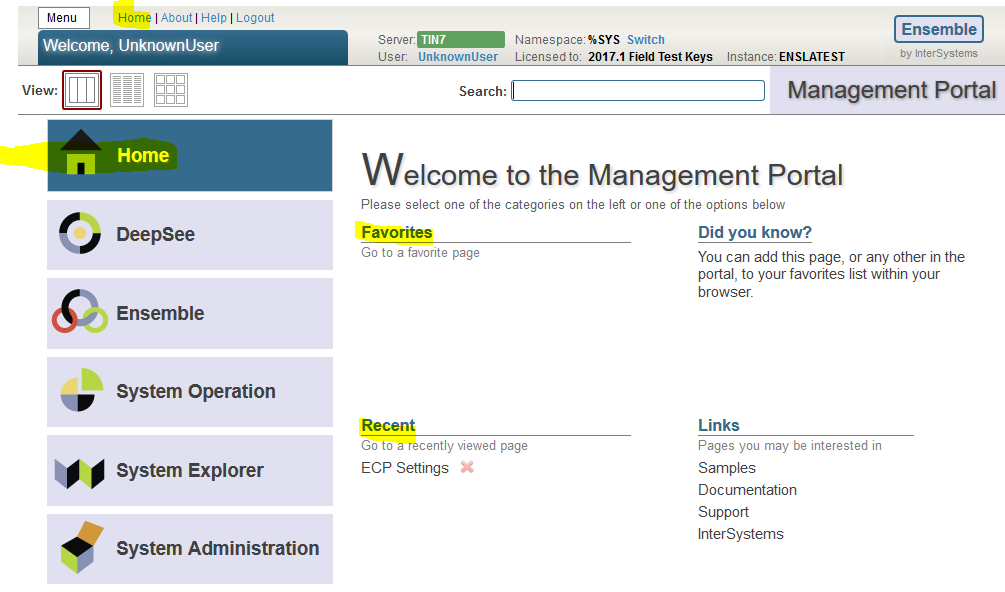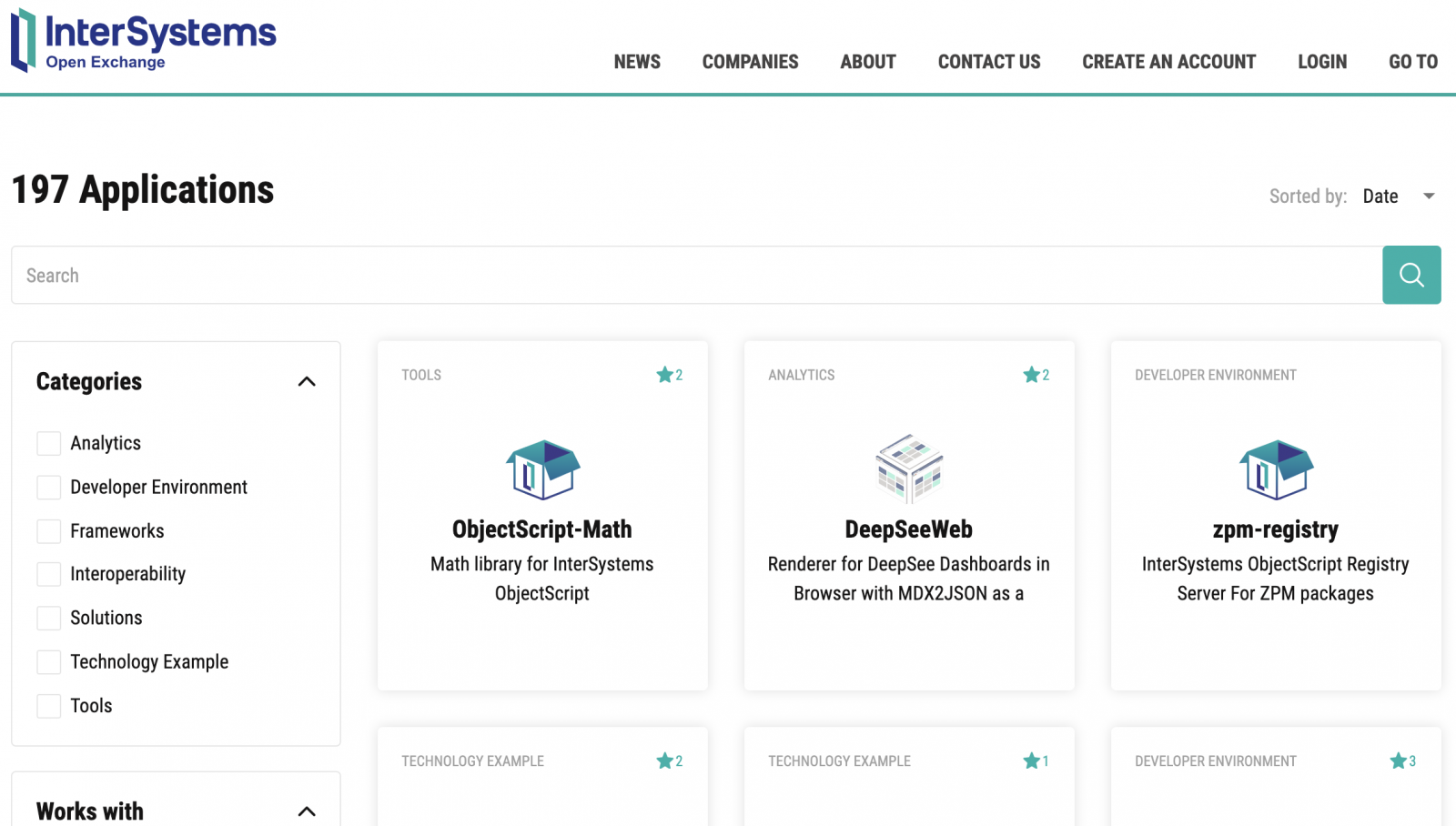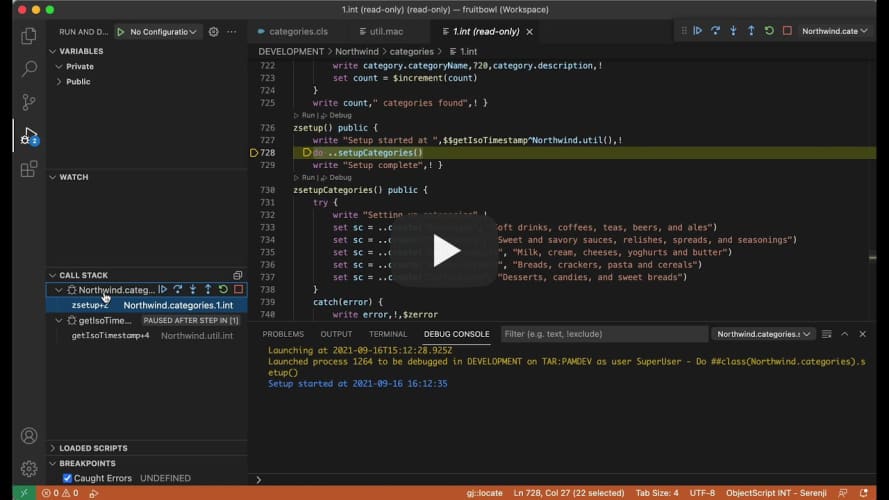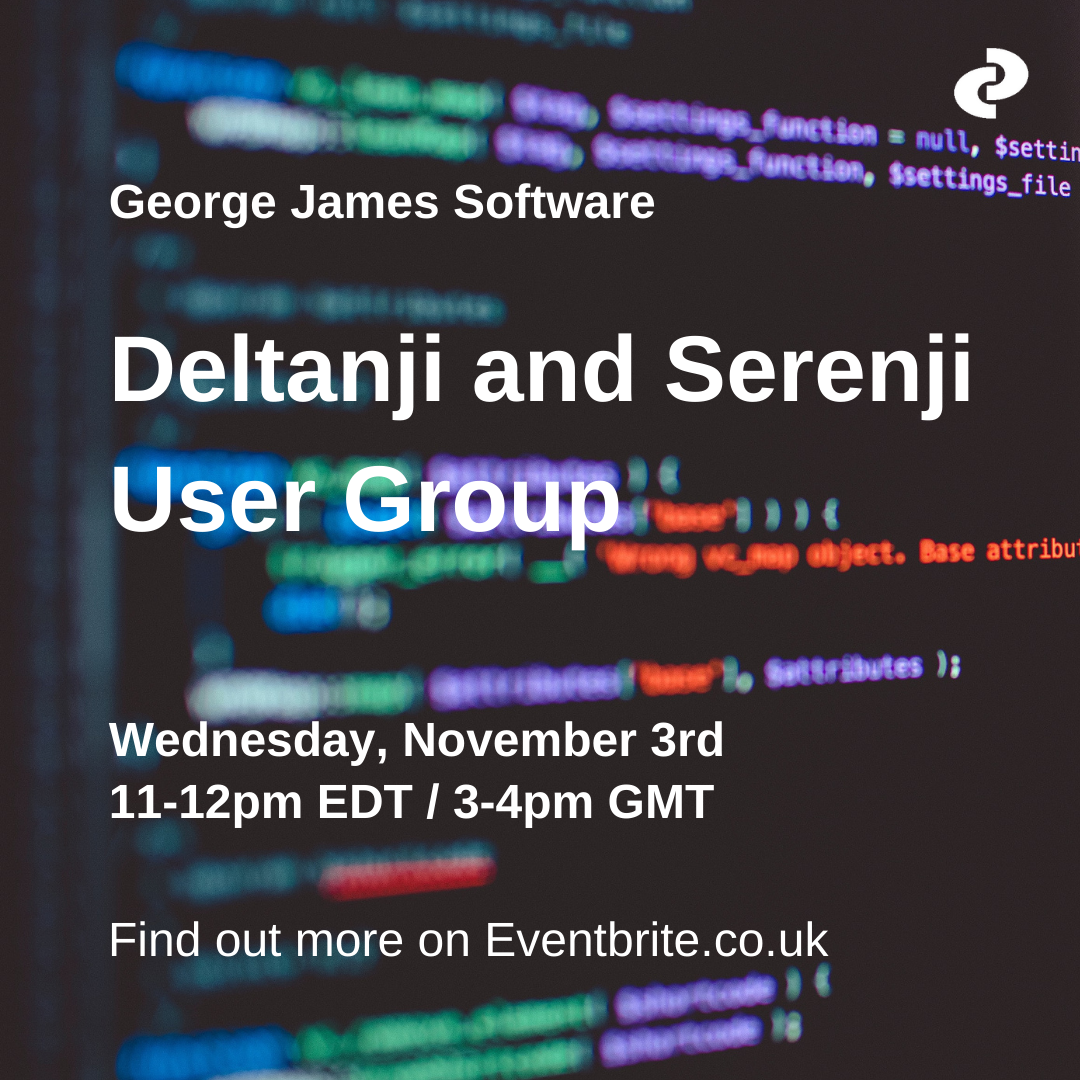Microsoft Office has components for using in third party applications: COM Objects for C++ and Interop Assemblies for .Net programming.
Many Cache projects used to include calls to those libraries. However, recently this solution started being problematic.
There are two main reasons - legal and technical. Let’s check the details.
Microsoft technology support
Microsoft is supporting Office Automation only for desktop computing.
It shall not be used for server computing, as they offer Sharepoint for this scenario. Have a look here:









